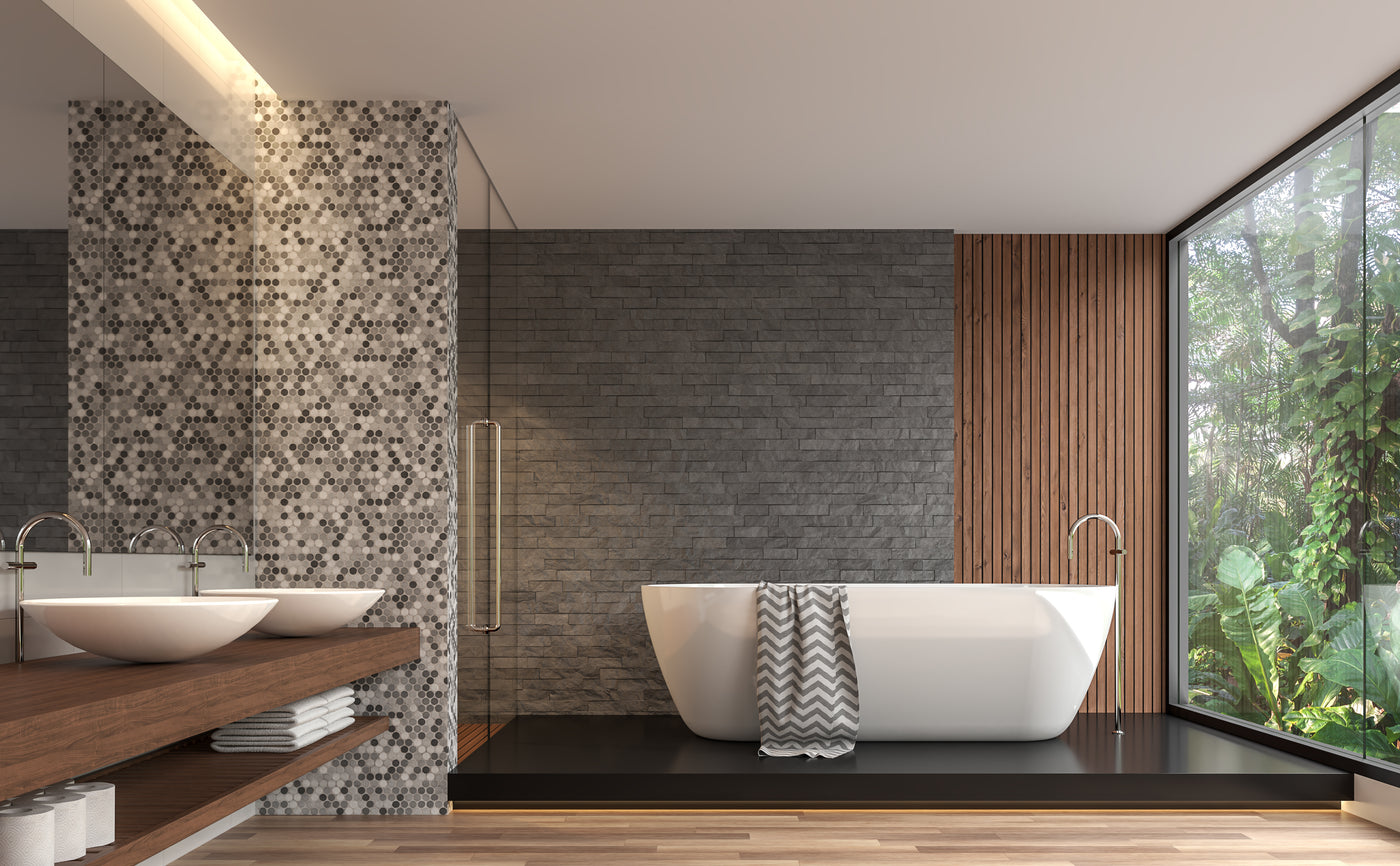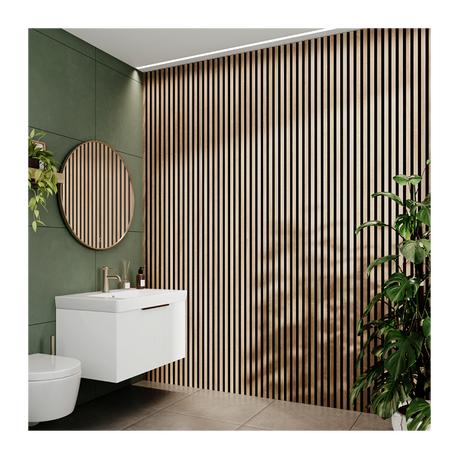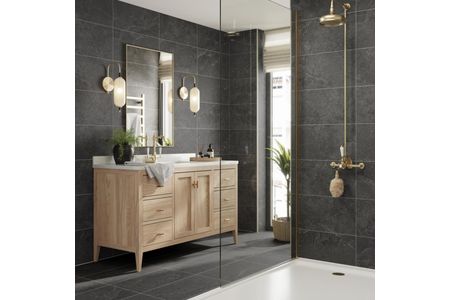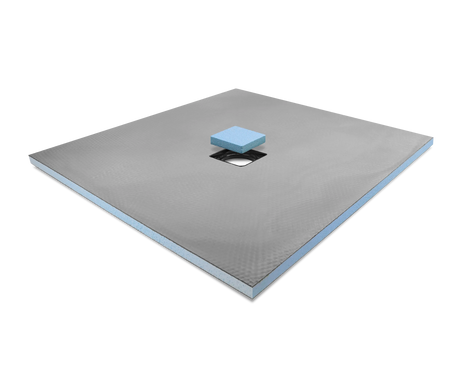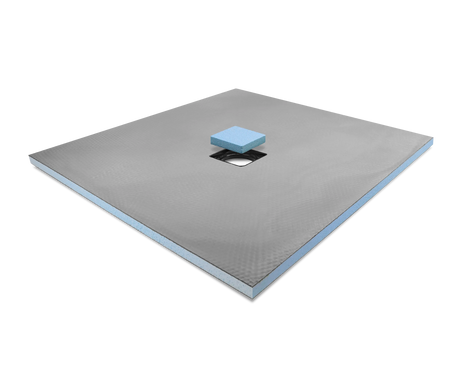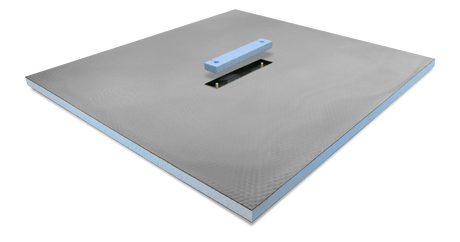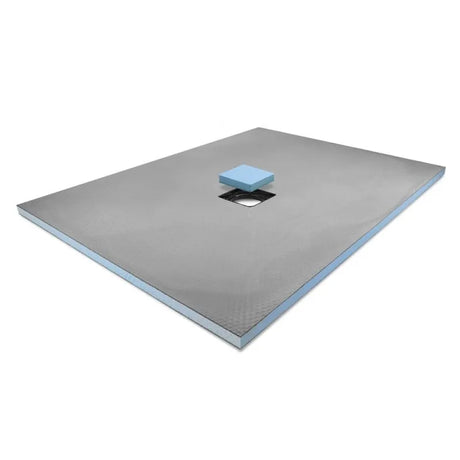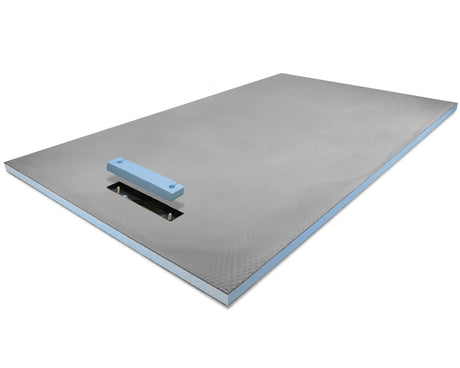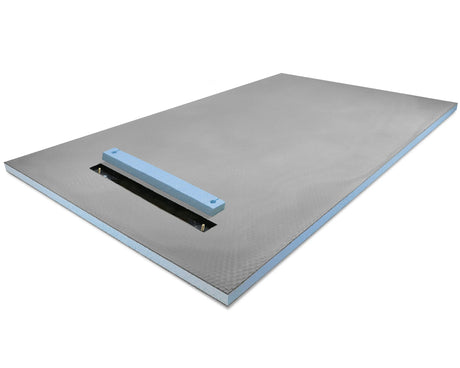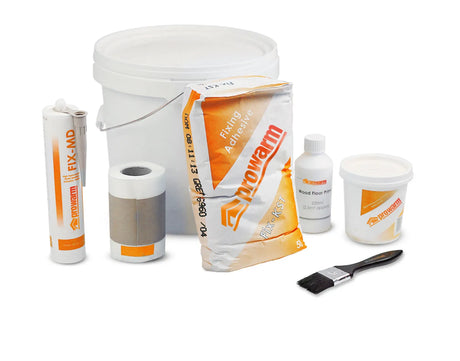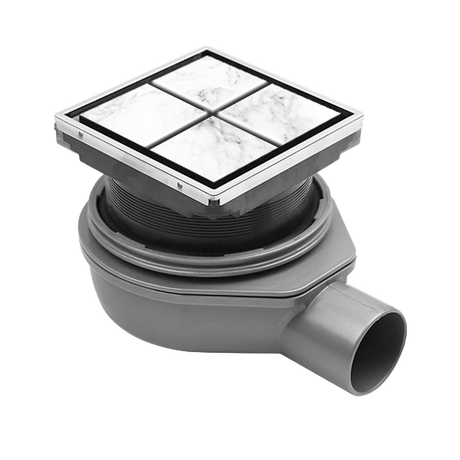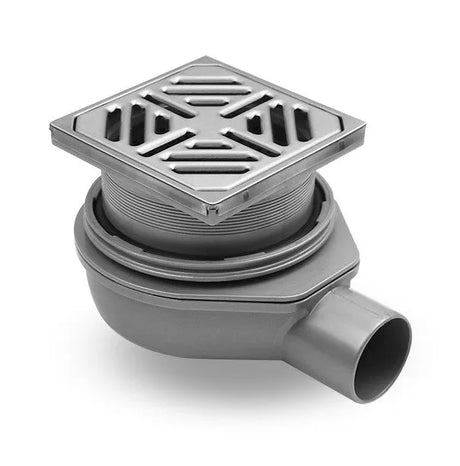Our Hottest Deals
View all
What is a wet room?
A wet room is a type of bathroom with a fully open waterproof design where the shower area is integrated directly into the room, meaning there’s no need for a separate shower tray or enclosure. The floor and walls are fully waterproofed to prevent water damage, and the entire space is designed to handle water exposure. Usually, you'll find the floor has a slight slope to allow for proper drainage. Wet rooms are popular for their modern, sleek appearance and are especially ideal for easy accessibility, making them a great choice for individuals with mobility concerns.

How does a wet room work?
A wet room works by sealing and waterproofing the entire space, a process called tanking. Both the floors and walls are covered with waterproof materials like tiles or vinyl to protect against water damage. The water from the shower drains straight into a floor-level drain, with the floor slightly sloped to help it flow easily. There’s no need for a shower cubicle or curtain since the room is built to handle water exposure throughout. Any water outside the shower area is designed to drain away. Good ventilation is also important to keep the room dry and prevent moisture buildup when not in use.

How to install a wet room
To install a wet room, start by making sure the entire space, including the floors and walls, is properly waterproofed. This is done by applying a waterproof membrane to prevent any leaks. Next, create a gentle slope in the floor that leads to a central drain to ensure water flows smoothly. Once that's sorted, cover the area with waterproof materials like tiles or vinyl. Install a floor-level drain, and make sure all edges and joints are sealed tightly. Good ventilation, like an extractor fan, is key to avoiding moisture buildup. Before finishing up, test the waterproofing and drainage to make sure everything works perfectly.

